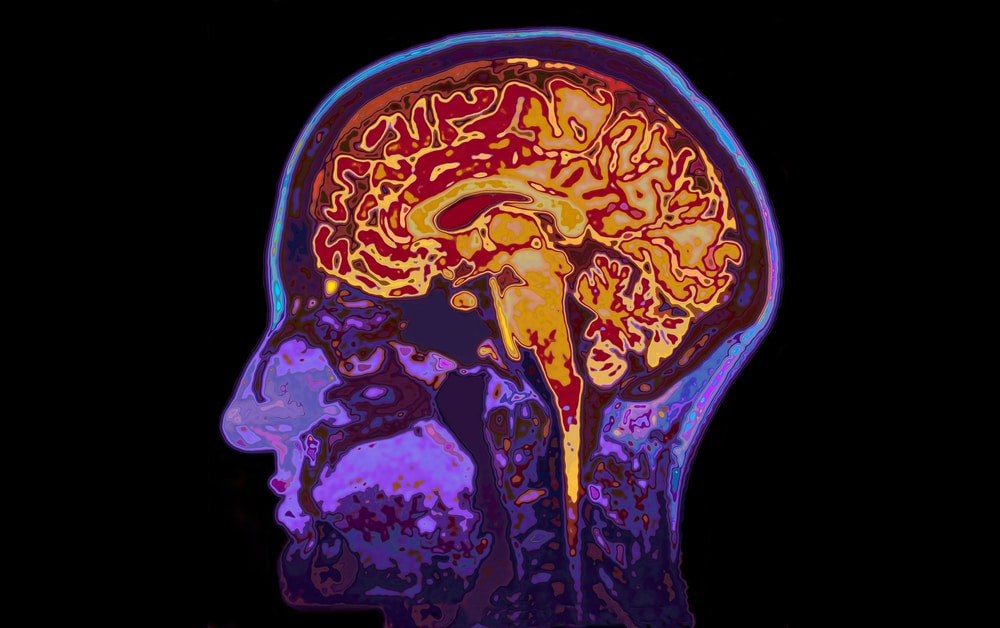The new model is based on three main sets of studies trying to put the jigsaw puzzle of Alzheimer’s disease together: 1) New genetic studies have identified new genes leading to AD causing traffic jams; 2) studies have identified trafficking defects in part of the brain most vulnerable to AD; and 3) cellular studies have shown endosomal traffic jams make neurons sick and eventually kill them off.
Likening neurons to a system of train stations composed of different cell station compartments the stations are constantly packed with proteins which are transported from one compartment to another, which is known as protein trafficking. Health of the neurons depends on protein trafficking in and out of the endosome which serves as the grand central station for neurons. Traffic jams that occur in and out of the endosomes may trigger neuron defect, which in turn may elevate the risk of developing Alzheimer’s disease, explains Dr. Small.
The new model doesn’t negate the importance of amyloid, the scientists propose it is the culprit that causes the traffic jams. This theory differs from the amyloid hypothesis that originally proposed amyloid deposits outside neurons are the primary driver of the disease. This model has made two predictions: 1) Therapeutic approaches that target amyloid inside neurons may work, however studies suggest traffic jams can occur independent of amyloid; and 2) Approaches designed to clear traffic within neurons carry the highest promise of success, according to Dr. Scott Small.




